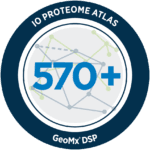
Curbing the Threat of Infectious Disease
The threat of infectious disease rose to the spotlight during the outbreak of the COVID-19 global pandemic. The variability in COVID-19 disease severity broadened the focus of infectious disease research from the traditional focus on the pathogen to the dynamic and complex relationship between the pathogen and host immune response. Scientists are endeavoring to understand immune evasion and better understand infectious disease pathogenesis. Borrowing lessons from immuno-oncology, researchers are learning to treat the host as well as the pathogen, modulating the immune system to fine tune the host immune response and avoid systemic hyperinflammation and organ damage.
Challenges
We understand the critical challenges you face in your research when evaluating infectious disease pathogenesis, host immune response, and how to develop effective vaccines and treatments. Infected samples are complex and usually dominated by host cells, making pathogen detection a challenge. Disease severity and morbidity can be confounded by underlying conditions and/or an abnormal host immune response. Efficient and robust techniques are needed to track transcriptional and proteomic changes from a variety of sample types. Spatial profiling of biomarkers for organ damage and immune infiltration within tissue can yield crucial insights when paired with more traditional gene expression analysis of immune evasion, disease progression, treatment response, and host immune response.
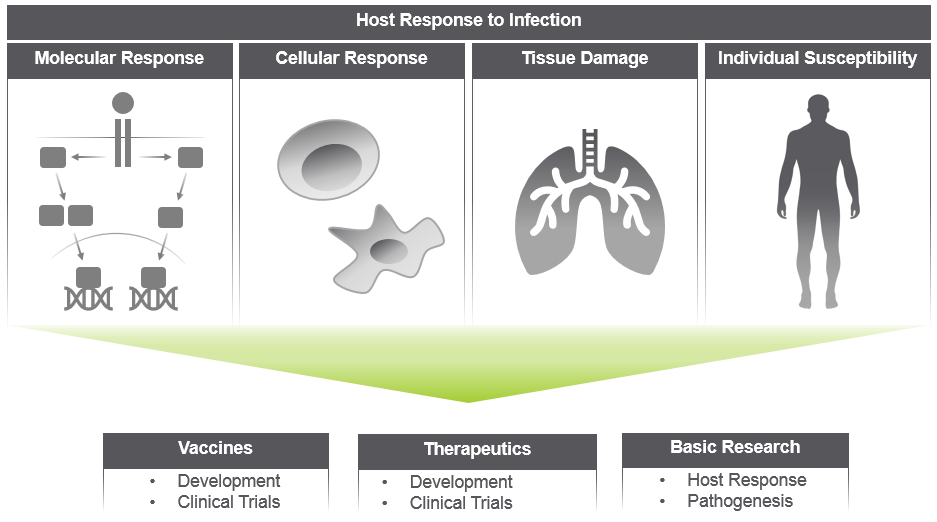
Your Trusted Partner in Infection Disease Research
NanoString has been developing innovative research tools for over 20 years and is committed to partnering with the community. We offer integrated, multiomic research solutions that allow you to study infectious disease pathogenesis and the host immune response in humans and model organisms from the level of single cells to multicellular tissue compartments and patient cohorts. Wherever you are headed with your infectious disease research, NanoString can get you actionable insights from FFPE, fresh frozen tissue, cell lysates, and biofluids.
- Profile the expression of 800+ genes from a single sample with the nCounter® Analysis System
- Spatially profile the whole transcriptome and hundreds of protein targets within distinct tissue compartments and cell populations with the GeoMx® Digital Spatial Profiler (DSP)
- Profile the immune response at the single cell and subcellular level with the CosMx® Spatial Molecular Imager (SMI)
Three Platforms. Unlimited Potential.
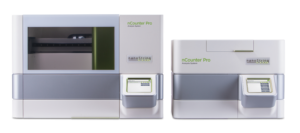
nCounter®
Analysis System
- Discover predictive and prognostic biomarkers
- Develop signatures associated with inflammation and immune response
- Evaluate mechanisms of treatment response
- Monitor disease biomarkers in clinical trials
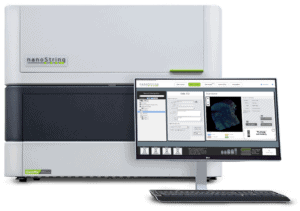
GeoMx®
Digital Spatial Profiler
- Characterize the immune infiltrate in healthy and diseased tissue
- Profile the cellular makeup of the immune response in tissue
- Characterize the mechanism of action of drug treatments and vaccinations
- Discover and validate spatial biomarkers for disease onset, progression, and treatment response
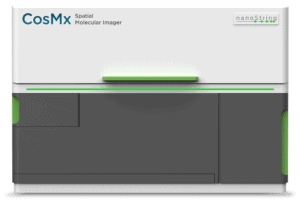
CosMx®
Spatial Molecular Imager
- Assess heterogeneity of immune cell population and disease progression
- Discover unique cell-cell interactions
- Define cellular neighborhoods
- Discover functionally relevant multi-cellular niches/communities across any disease state
- Understand the activities of transmembrane proteins and how they initiate signal transduction pathways
Select nCounter Infectious Disease Panels
Choose an off-the-shelf nCounter Gene Expression Panel or customize it with a Panel Plus spike-in to add pathogen probes.
GeoMx DSP Assays for Infectious Disease Research
Spatially profile tissue samples with the host immune content in the GeoMx DSP RNA and Protein assays and add custom markers for pathogen(s) and host marker(s) of interest.
CosMx SMI Assays for Infectious Disease Research
Immune Cell Type Profiling
Select nCounter panels feature genes that provide unique cell profiling data to measure the relative abundance of different immune cell types.
- To date, 14 different immune cell types have been identified by their gene signatures for inclusion in nCounter panels.
- The panels can be run downstream of flow cytometry to profile specific immune cell populations.

Immune Cell Type Profiling is also available for GeoMx RNA expression data from the Human Whole Transcriptome Atlas.
- The SpatialDecon script estimates the abundance of 18 different immune cell types within an area of interest.
- The immune cell abundance estimates are spatially resolved, granular and paired with highly multiplexed gene expression data.



Abundance estimates of 18 different immune cell types within 191 regions of interest in a tumor section made from GeoMx Whole Transcriptome Atlas data using the SpatialDecon script. Cell counts are proportional to the wedge size of each color. Figures reproduced with permission from Danaher et al. Nat Commun 13, 385 (2022) under the Creative Commons License.
Case Studies

Publications
SARS-CoV-2 infection induces a long-lived pro-inflammatory transcriptional profile
Background: The immune response to severe acute respiratory syndrome coronavirus 2 (SARS-CoV-2) infection in COVID-19 research samples has been extensively investigated. However, much less is known about the long-term effects of infection in patients and how it could affect the immune system and its capacity to respond to future perturbations.
Eicosapentaenoic acid influences the pathogenesis of Candidaalbicans in Caenorhabditiselegans via inhibition of hyphal formation and stimulation of the host immune response
The intake of omega-3 polyunsaturated fatty acids, including eicosapentaenoic acid (EPA), is associated with health benefits due to its anti-inflammatory properties. This fatty acid also exhibits antifungal properties in vitro.
Safety and Tolerability of Bacteriophage Therapy in Severe Staphylococcus aureus Infection
Related Resources

Contact Us
Have questions or simply want to learn more?
Contact our helpful experts and we’ll be in touch soon.




